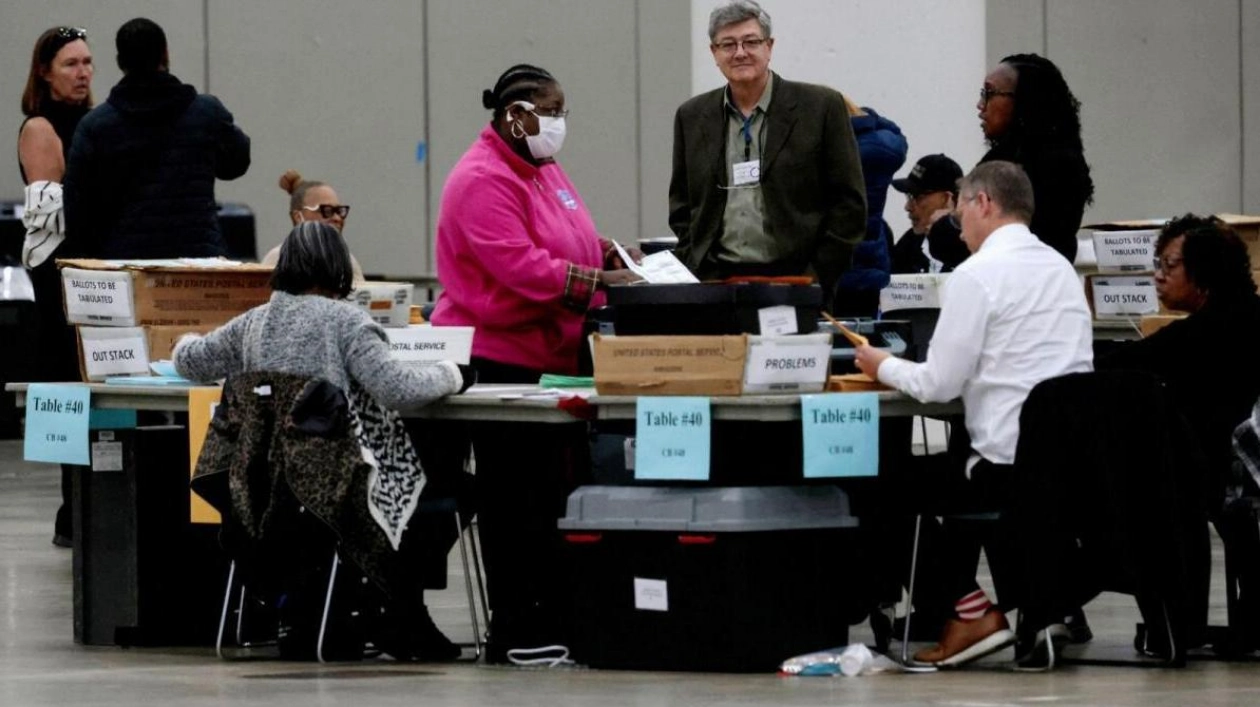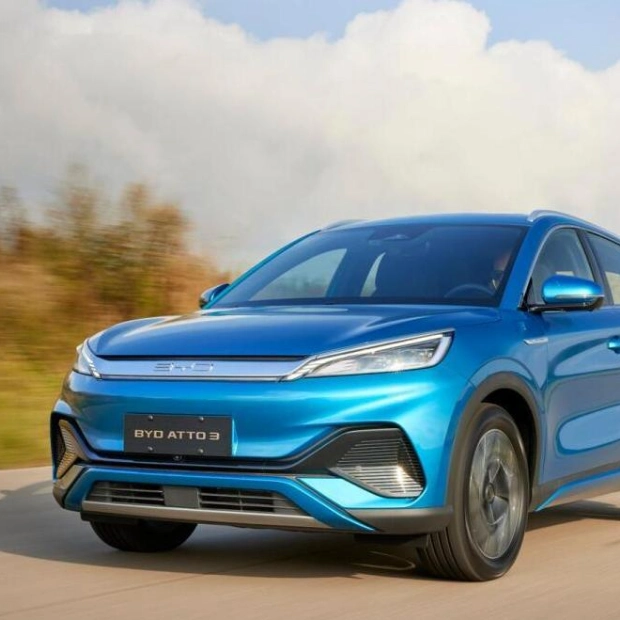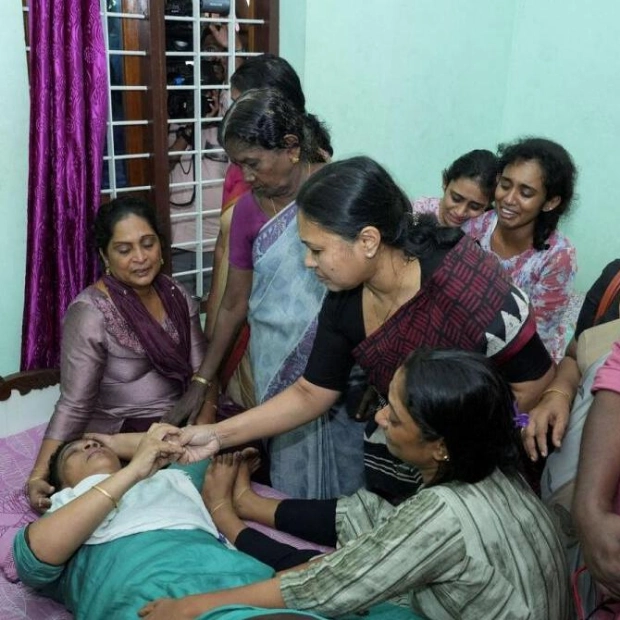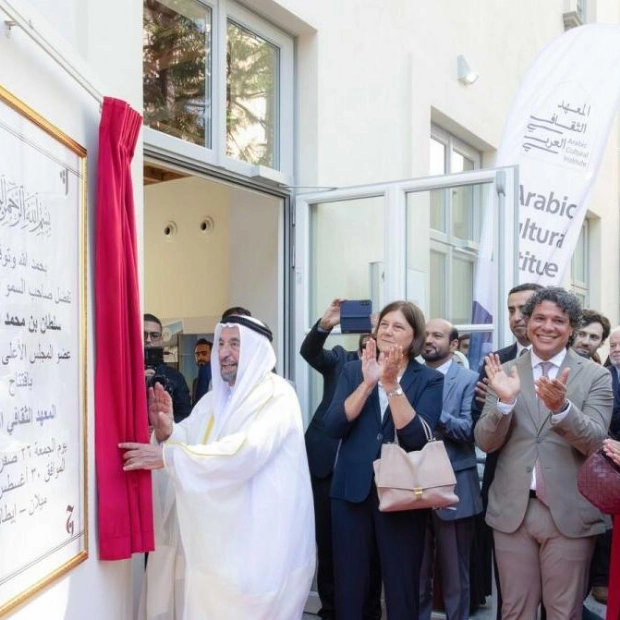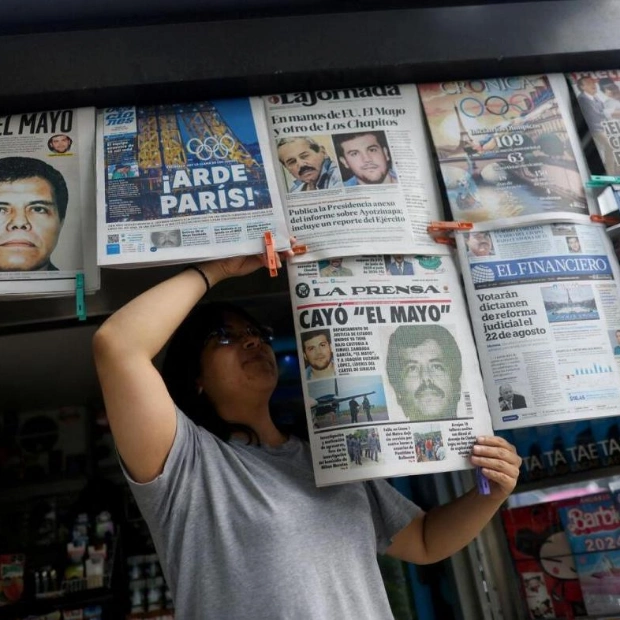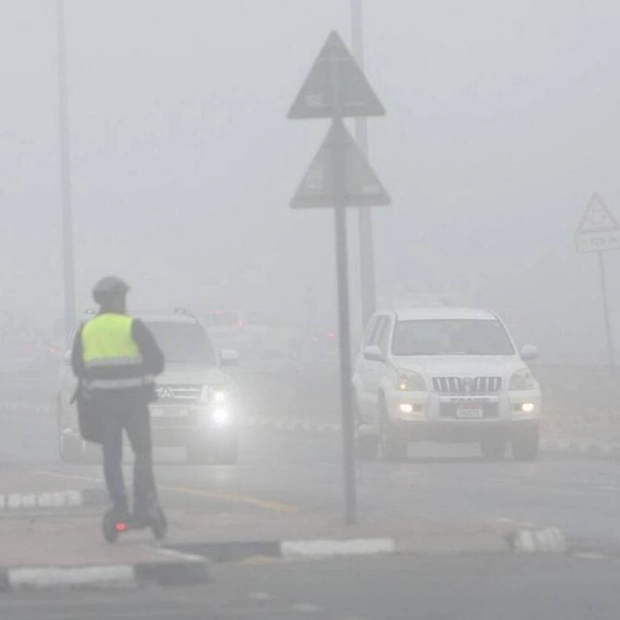A vote challenger observes as election clerks handle absentee ballots for the presidential election, feeding them into a tabulator before the polls close on November 5 at the Huntington Place in Detroit, Michigan. — Reuters
Libby Brouwer, frustrated by the constant political ads interrupting her YouTube sessions in Michigan, a key battleground state, decided to pay $13.99 per month to enjoy an ad-free experience. She is equally annoyed by the barrage of campaign calls and texts leading up to the November 5 election. "I find it incredibly intrusive to receive unsolicited texts," said Brouwer, a 42-year-old business strategist from Traverse City who plans to vote for Republican Donald Trump. Brouwer is one of over 60 million Americans residing in one of the seven competitive states that will determine whether Trump or Democrat Kamala Harris becomes president. These voters have been inundated with robocalls, texts, campaign visits, billboards, flyers, and social media messages as both campaigns and their supporters strive to influence the small segment of the electorate that could tip the scales.
From July 22 to October 8, $1 billion out of the total $1.3 billion spent on presidential ads targeted swing states, according to AdImpact, which monitors political advertising. Pennsylvania saw about $279 million spent, followed by over $200 million in Michigan. About 200 miles southeast of Brouwer, near the outskirts of Detroit, 50-year-old architect Thomas J. Miller, who supports Vice President Harris, shares similar frustrations with YouTube ads. "Every video intro features either Obama or Kamala," Miller noted. "If I watch anything related to firearms or knives, it’s filled with Trump candidates and ads," he added.
Living in a political battleground does have its perks. In the 2020 election, nearly 75% of campaign visits by major party nominees occurred in just six states, according to FairVote, a nonpartisan group advocating for a more representative system. Many locals relish the excitement of holding a sign, wearing a slogan-emblazoned t-shirt or cap, and witnessing their candidate in person. "Our vote truly matters here," said Lynn Clark, a 35-year-old billboard advertising business owner in Greensboro, North Carolina. "It’s a source of pride." Nicholas Napolio, an assistant professor of political science at the University of California, Riverside, noted that research indicates financial benefits as well. "Counties and congressional districts in states critical to an election tend to receive more federal funding," he explained. In 2020, voter turnout was higher in swing states compared to the national average. Among the 13 battleground states identified by Ballotpedia, turnout averaged just over 65%, compared to about 61% across the U.S. Overall, half of the top 10 states with the highest turnout were battlegrounds.
For Miller in Michigan, the shared desire for life to return to normal post-November 5 unites people in his swing state, despite political divisions. "At the diner, small talk often revolves around how everyone can’t wait for the election to end so we don’t have to watch these commercials anymore," he said. "Then, we all look at each other and smile."
Source link: https://www.khaleejtimes.com
